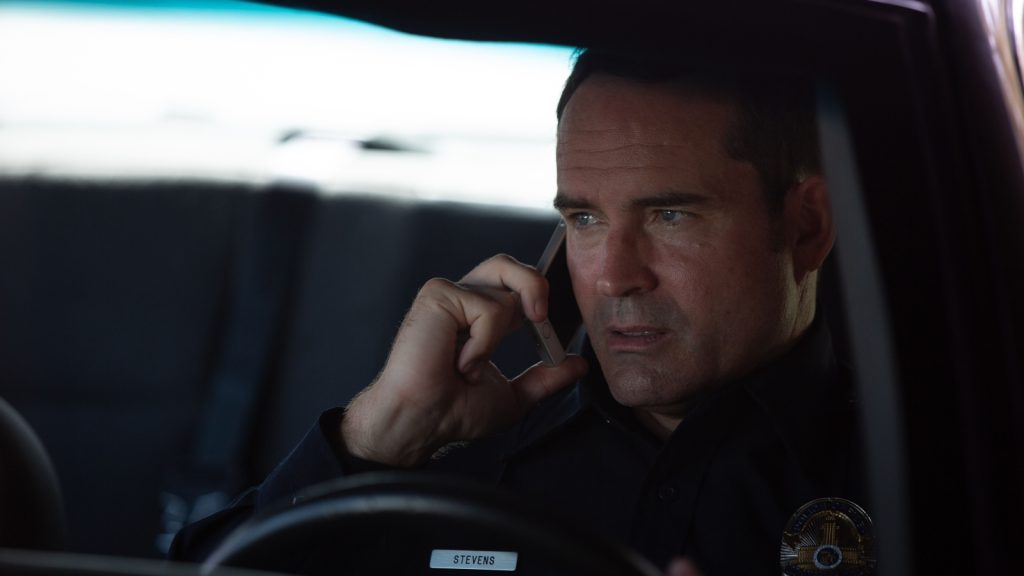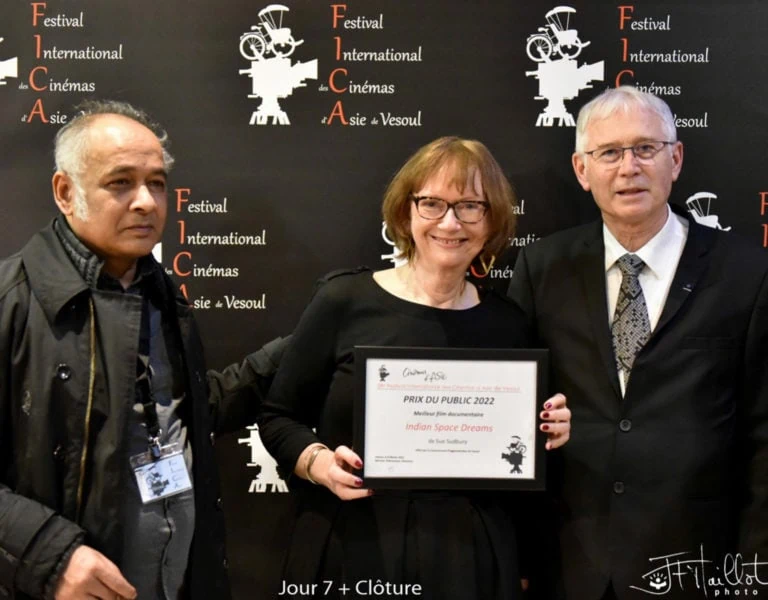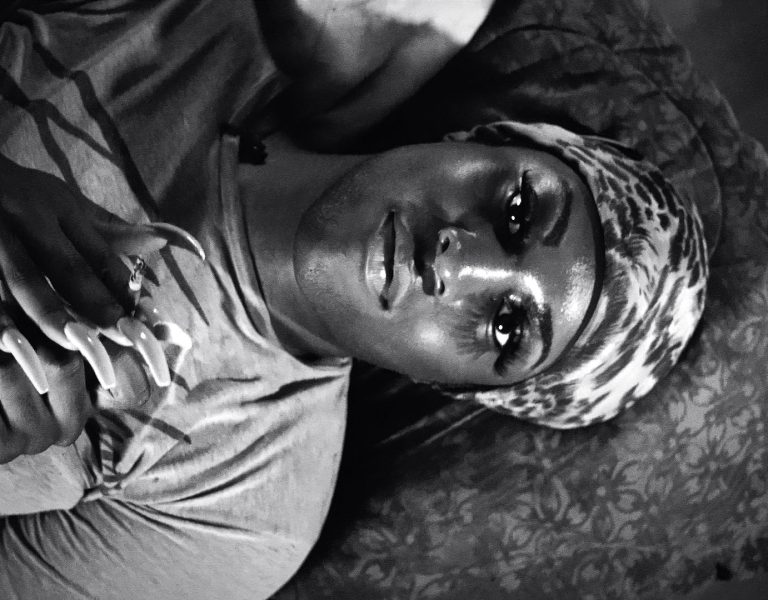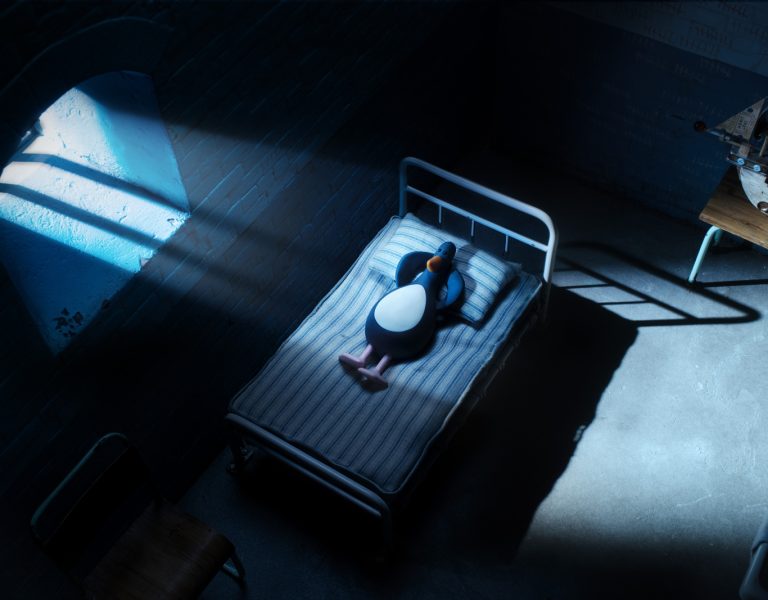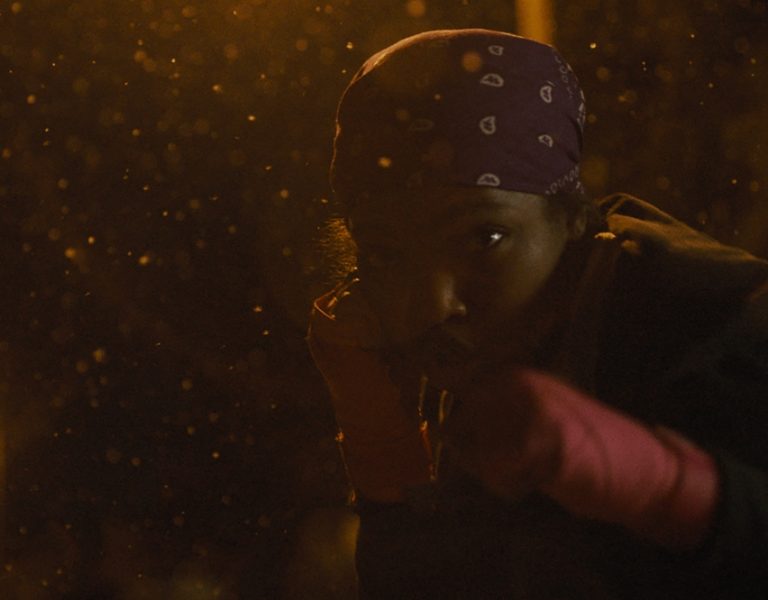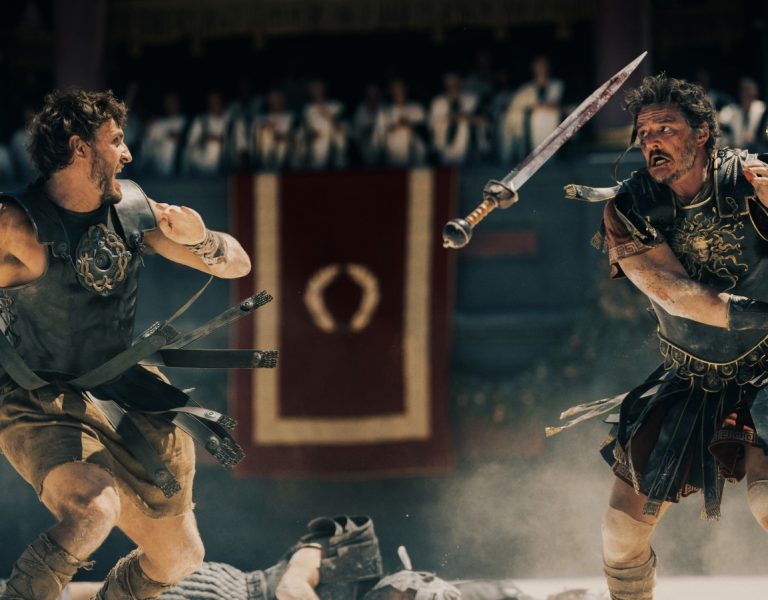THE CHASE
Cinematographer Trevor Roach discusses the technical challenges and creative decisions behind shooting high-intensity feature City of Dreams, blending handheld shots, VFX, and intimate storytelling.
Which cameras and lenses did you use and why?
I was originally asked to be on – the production by the cinematographer Alejandro Chávez, A.M.C., to be his Second Unit DP and ‘B’ camera operator on the main unit, so the camera package has already been determined. We used the Alexa Mini with ARRI Zeiss Master primes, predominantly the 18mm, with the 32mm and 35mm focal lengths being used for cross-coverage dialogue scenes typically. The majority of the film was shot handheld, with the camera being cradled at or below chest level rather than on our shoulders. This provided a lower eye level, which is used to help see the world from the perspective of our teenage protagonist, Jesus (played by Ari Lopez). Building this package as tight and streamlined as possible gave us the opportunity for the camera to be close and intimate during Jesus’ story and inviting the audience to experience his struggle to escape the captivity of a sweatshop secretly operating in Los Angeles together. Our director, Mohit Ramchandani (Mo), had pre-shot the majority of the film, including its intricate long one-ers on his iPhone, which provided a blueprint for how the camera would flow through the scene, as well as pre-determined wipes or whipping points for the camera shots to be stitched together in post. This was especially helpful for a chase sequence midway through the film in and around clothing shops in LA’s fashion district.
Post-Covid, when the production resumed for pickups and some reshoots, Mo asked me to return as the co-director of photography, which I was honored to pick up from Alejandro. We continued with the Alexa Mini and Master Primes for these additional scenes to maintain consistency in the film, even with multiple years apart in shooting due to the pandemic.
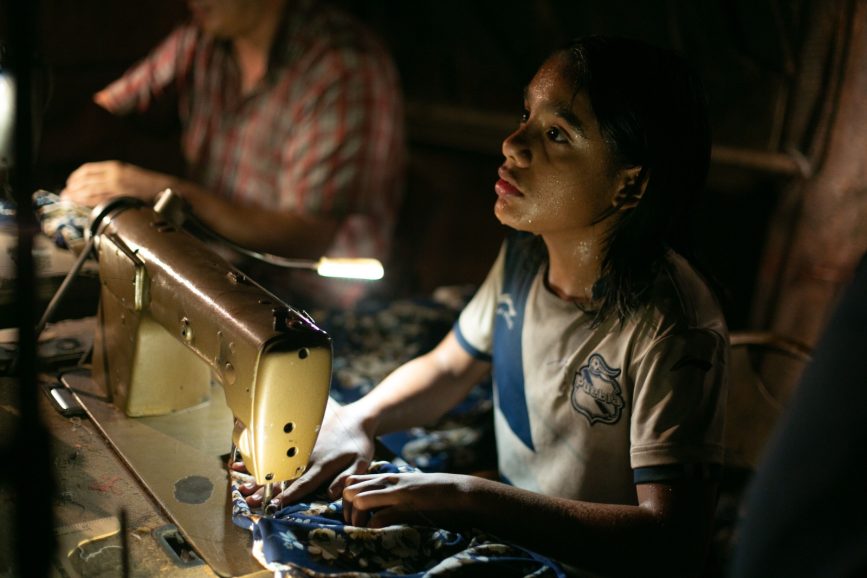
Which scene/shot/sequence was the most challenging and how did you overcome it?
The chase sequence and raid scene are two of the most challenging scenes I participated in. It was certainly a workout running through the streets of downtown Los Angeles, leading and following the talent with the camera! Additionally, the challenge to coordinate all the moving parts during the film’s crescendo raid scene, where there were multiple police cars and dozens of individuals in SWAT uniforms storming the compound. I would also say the transition from 2nd Unit to a co-DP on the film was a challenge in itself. The initial production began shooting in late 2018, but due to the pandemic, pickups were not put together till a few years later. My intention from the start was to do my best to maintain the wonderful look established by Alejandro by continuing the use of practical-motivated lighting and in terms of composition, keeping the subjects often center frame. I had learned a lot as the ‘B’ operator previously, watching the way Alejandro moved and had me move with the camera. Thus, I utilized those lessons when I took over shooting responsibilities.
What was the biggest learning curve?
I had graduated from Chapman University with my MFA in cinematography the year prior, so when I was asked to come on board, this was the largest production I had been a part of up to that point. Nothing can prepare you for weeks and weeks of shooting a feature for the first time and the physical and mental aptness that’s required to be on top of your game, day in and out. I had been used to operating handheld, but predominantly from my shoulder, rather than cradling the camera. I learned a lot about operating this way under Alejandro and Mo, including their ability to understand when to move the camera. To feel when to maybe push in a little bit during a moment of dialogue; to become part of the scene’s storytelling process in a more intimate way. Mo was also so observant of these moments, often encouraging us to make sure to capture them. It is those small looks or decisions on how to move and compose the composition that enhances not only the talent’s performances but the visual storytelling we were trying to convey. It was these lessons I took with me when I moved to shooting the main unit, but also have been implemented in my later work.
How did you light it and which brands did you use?
The film used an array of different lighting methods, with some scenes utilising natural light with grip work to shape, whereas other times, large HMIs or Quasar Science tubes were used – particularly in the police office scenes. Practicals were used a lot as well, often to help motivate a tube or open bulb off-screen that provided a nicer key on the subject. The intention was heightened naturalism, and when shooting on wider focal lengths, those practicals became the driving force for what lit each scene.

Was there any VFX and how was it used?
There was a decent amount of VFX in the film and something I was involved in reviewing while colouring the movie down in Mexico City with Mo and colourist Øyvind Stiauren. Shooting ArriRAW to provide the post houses with the highest quality possible, the 2:1 frame guides had a 2% safe area built in, which provided us with some wiggle room in the frame for minor stabilisation when needed. This was particularly handy during the chase sequence, which needed to be stitched together to create the illusion of a one-er. There was also a large portion of VFX used during the final raid scene, which utilised a mix of exterior Los Angeles footage, interior shots in Mexico, and green screens of additional law enforcement that were added later to the scene.
Did you use green or blue screen and why?
As mentioned above, a green screen was used for the final raid sequence to add additional police to the interior stand-off during the raid sequence. This became a particularly challenging scene to finish in post due to the nature of not only VFX having to comp these officers entering the room from plates of the practical location but also matching the color and lighting between scenes shot multiple years apart. It took some time, but I think the results are very seamless, and the general audience wouldn’t notice the difference – so I give major props to the VFX team and Øyvind.
